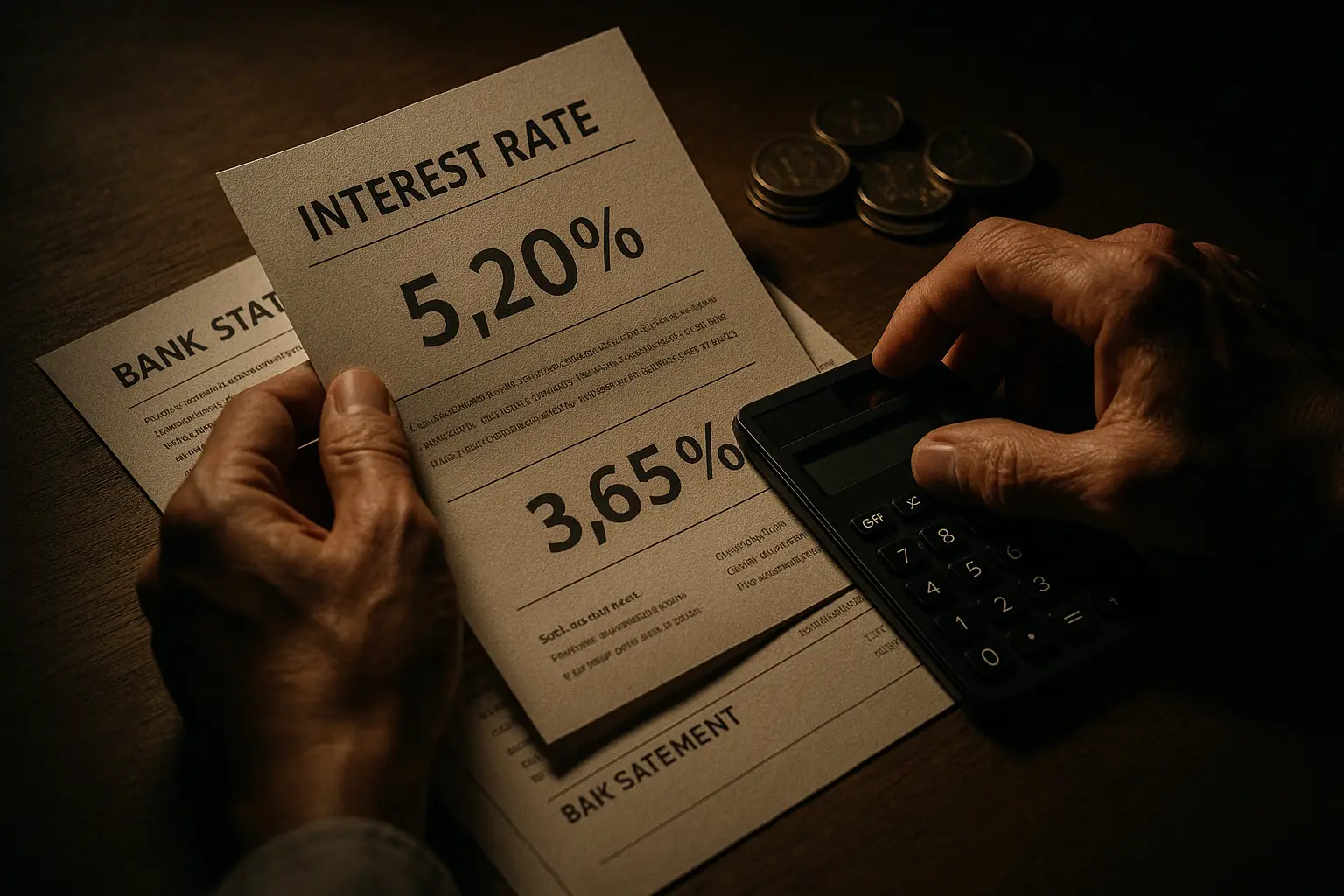What is a stocks and shares ISA?
A stocks and shares ISA is a tax-efficient investment account available to UK residents, allowing you to invest up to £20,000 per tax year in shares, funds, bonds and other assets without paying income tax or capital gains tax (CGT) on the profits. This makes it an ideal starting point for beginners seeking the best stocks and shares ISA for beginners, as it shelters your growth from taxes that could otherwise eat into returns. For context, the annual ISA allowance of £20,000 for the 2025/26 tax year remains unchanged, according to HMRC rules detailed on their official site.
Key benefits for beginners include tax-free growth, which can compound over time—for instance, the average stocks and shares ISA has returned about 7.5% annually over the past five years, though past performance is not a guarantee of future results. It differs from a cash ISA, which offers steady but lower interest like a savings account, while stocks and shares ISAs provide potential for higher returns through market investments but with greater risk. UK tax rules, overseen by HMRC, ensure you can only contribute to one stocks and shares ISA per year, but you can split the allowance across types like cash and lifetime ISAs.
How to choose the best ISA platform for beginners
When selecting the best stocks and shares ISA platform for beginners, prioritise low fees, user-friendly interfaces and educational resources to build confidence in investing. Start by assessing platform fees—typically 0.25% to 0.45% annually—and dealing charges for buying shares, as these can significantly impact small portfolios. Ease of use is crucial; look for mobile apps with intuitive dashboards and tools like risk profilers to match your tolerance.
Other factors include a wide range of investment options, such as ready-made funds for diversification, and minimum deposits—many platforms now allow starting with just £100. For new investors, evaluate beginner tools like webinars or demo accounts, and ensure the provider is FCA-regulated with FSCS protection up to £85,000. Comparing these elements helps identify top performers; for more on UK-specific options, see our guide to the best stocks and shares ISA UK.
Quick tips for beginners
- Opt for platforms with no minimum investment to test the waters.
- Check app ratings on app stores for mobile-first ease.
- Use fee calculators to project costs over five years.
Top 5 stocks and shares ISA recommendations for 2025
For the top 10 best stocks and shares ISA for beginners in 2025, our recommendations focus on accessibility and value, drawing from independent reviews. Hargreaves Lansdown stands out with its 0.45% platform fee for portfolios under £250,000 and no dealing fees on funds, offering extensive educational content ideal for novices—as noted in Which?’s 2025 analysis. AJ Bell provides low-cost trades from £1.50 online and a 0.25% fee capped at £3.50 monthly, praised for user-friendly tools in the Good Money Guide review.
Vanguard’s stocks and shares ISA emphasises passive investing with low fees around 0.15%, and its Lifetime ISA variant adds a 25% government bonus on up to £4,000 for under-40s first-time buyers, per money.co.uk’s October 2025 data. Freetrade offers commission-free trading via a sleek app, starting from £1, making it perfect for mobile users exploring how to invest in stocks. Interactive Investor rounds out the list with flat fees at £4.99 monthly, including access to over 40,000 investments, though it suits slightly larger portfolios.
| Provider | Platform Fee | Dealing Charges | Minimum Investment | App Rating (out of 5) |
|---|---|---|---|---|
| Hargreaves Lansdown | 0.45% | £0 on funds | £100 | 4.2 |
| AJ Bell | 0.25% (capped) | £1.50 online | £500 | 4.5 |
| Vanguard | 0.15% | £0 | £500 | 4.0 |
| Freetrade | £0 | £0 | £1 | 4.7 |
| Interactive Investor | £4.99 flat | £3.99 | £25 | 4.3 |
These picks address what is the best stocks and shares ISA for beginners by balancing cost and support. For broader comparisons, explore the best stocks and shares ISA options for 2025.
Step-by-step guide to opening your first ISA
Opening a stocks and shares ISA is straightforward for UK residents over 18; first, confirm eligibility via HMRC’s guidelines to ensure you haven’t used your full allowance elsewhere. Choose a provider from our top recommendations, such as AJ Bell for low fees, and sign up online—most take 10-15 minutes with basic ID verification.
Next, fund your account via bank transfer up to £20,000 for the tax year, then select investments like diversified funds to spread risk. Avoid pitfalls like exceeding the ISA allowance or ignoring withdrawal rules, which count against future contributions. For detailed steps, MoneySavingExpert’s guide outlines the process clearly.
- Check your tax year status (6 April to 5 April).
- Gather ID and proof of address.
- Declare it’s your ISA for the year.
- Invest in beginner-friendly options like index funds.
This not financial advice—consult a professional if needed. Learn more about general providers in our article on the best stocks and shares ISA provider.
Risks and tips for beginner investors
Market volatility is the main risk in stocks and shares ISAs, where values can fluctuate daily—for example, FTSE 100 dips can temporarily reduce your portfolio by 10-20%, unlike stable cash ISAs. However, long-term investment typically mitigates this, with historical averages outperforming savings rates despite ups and downs.
To manage, diversify across assets to avoid putting all eggs in one basket, and consider cash ISA vs stocks and shares ISA for a balanced approach. Start small, review annually, and use platform alerts for monitoring. Remember, while FSCS protects up to £85,000 per provider, investment value can fall.
Frequently asked questions
What is a stocks and shares ISA?
A stocks and shares ISA is a UK tax wrapper that lets you invest in equities, bonds and funds without paying tax on gains or dividends, making it suitable for long-term growth. For beginners, it offers access to markets like the FTSE 100 while shielding profits from CGT and income tax. Unlike taxable accounts, it encourages saving up to the £20,000 allowance annually, with providers like Hargreaves Lansdown providing tools to get started.
How much can I invest in a stocks and shares ISA?
The maximum is £20,000 per tax year for all ISAs combined, as set by HMRC for 2025/26, allowing full allocation to stocks and shares if desired. You can contribute flexibly throughout the year via lump sum or monthly payments, but unused allowance doesn’t roll over. Beginners should start smaller to learn, tracking via apps from platforms like AJ Bell to stay within limits.
Are stocks and shares ISAs safe for beginners?
They are safe in terms of regulation—FCA oversight and FSCS protection cover up to £85,000 if the provider fails—but investments carry market risk where capital can decrease. For novices, choosing diversified funds reduces volatility compared to individual shares. Overall, they suit those with a 5+ year horizon, building wealth tax-free despite short-term fluctuations.
What’s the difference between cash and stocks ISAs?
Cash ISAs function like tax-free savings accounts with fixed interest, offering capital preservation but lower returns around 4-5%, ideal for short-term needs. Stocks and shares ISAs invest in markets for higher potential gains (e.g., 7.5% average) but with value risks, suiting long-term goals like retirement. Beginners might hybridise both for safety and growth within the £20,000 allowance.
How do I open a stocks and shares ISA?
Begin by selecting a platform like Vanguard for low fees, then complete online registration with ID verification under anti-money laundering rules. Fund via transfer and choose investments, declaring it as your ISA subscription for the year. The process takes days, with most providers offering guided setup for beginners to ensure compliance with HMRC.
What are the best low-fee stocks and shares ISAs in 2025?
Top low-fee options include Freetrade with zero commissions and Vanguard at 0.15%, minimising costs for small pots as highlighted in UK StockBrokers’ 2025 guide. These platforms cap or eliminate charges, boosting net returns for beginners focused on index tracking. Compare via fee tables to match your £100-£1,000 start, always verifying current rates.
This article is for informational purposes only and not personalised financial advice. Investing involves risk; consider seeking independent advice.





